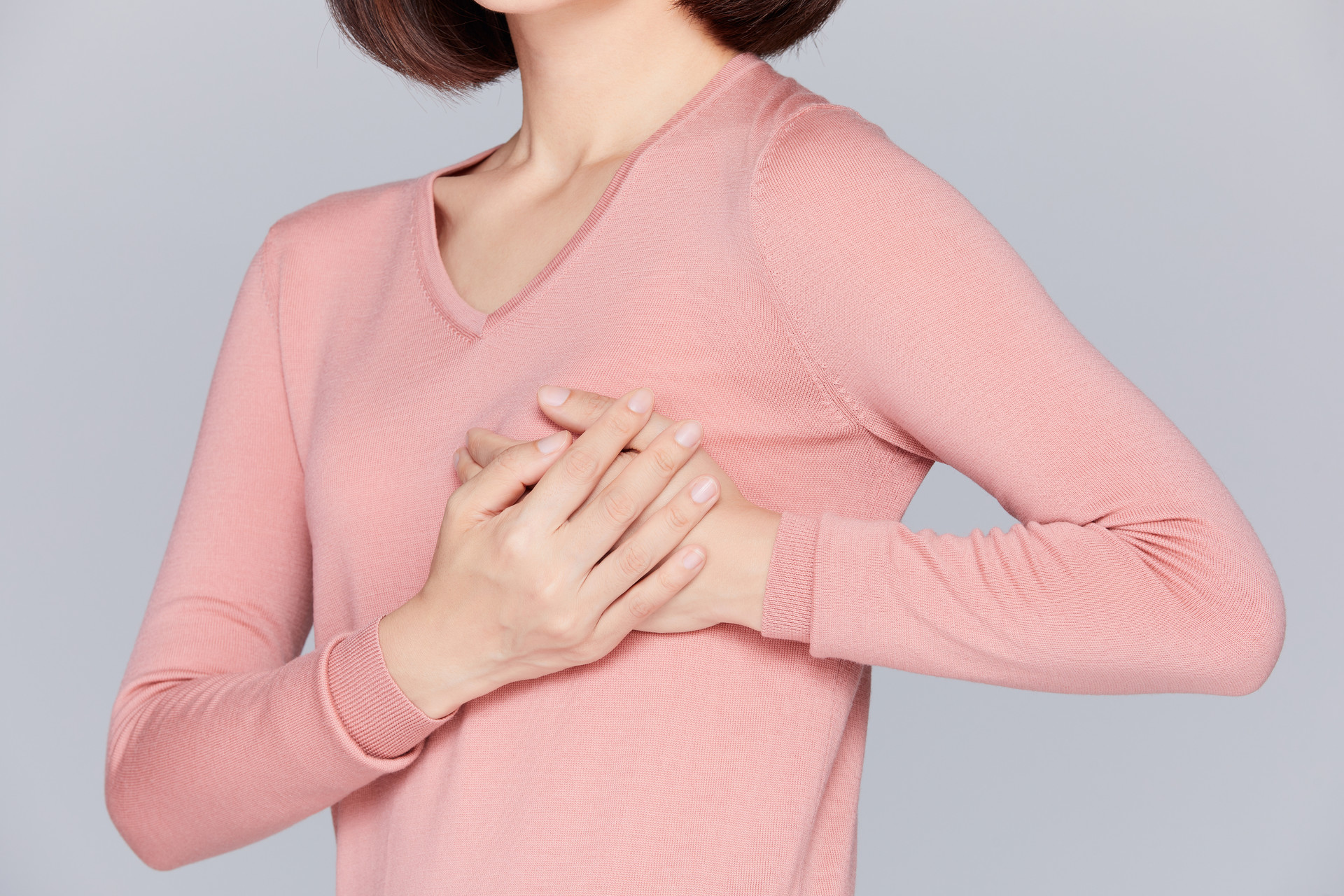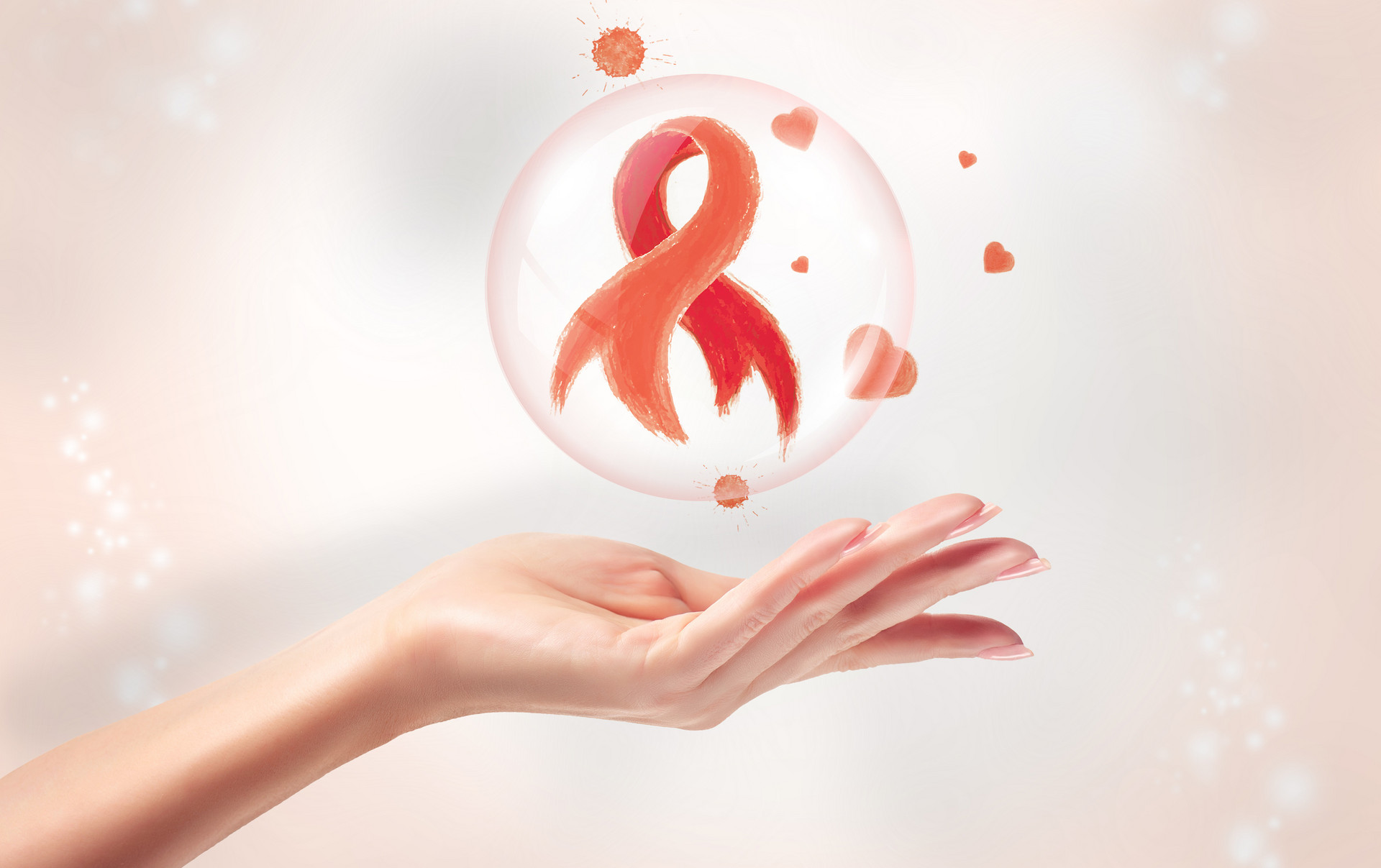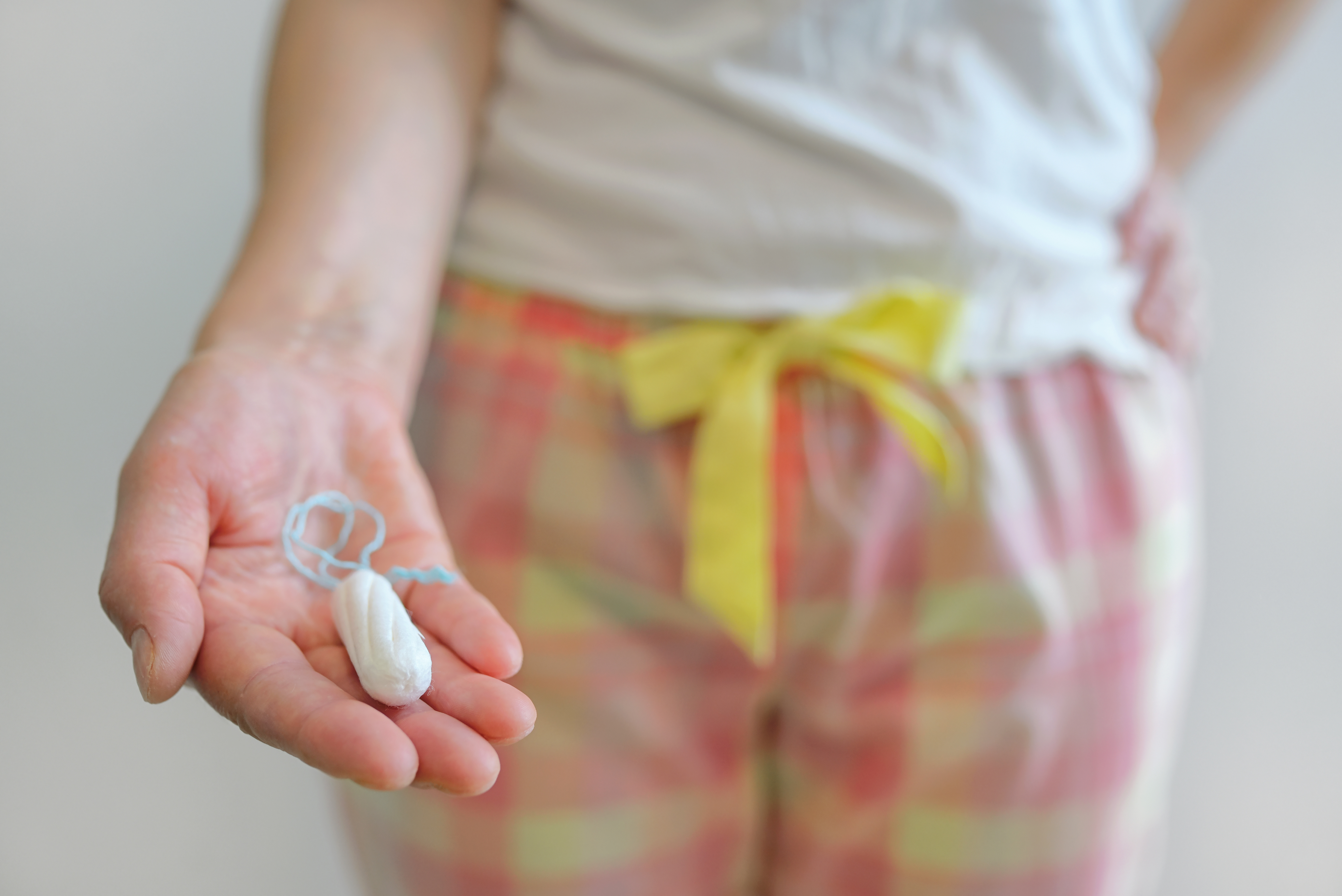The female genitalia is more complex in structure, with more skin and mucosal folds. It has sweat glands, sebaceous glands, Bartholin's glands, and secretions from the cervix and vagina. Additionally, there is menstruation, and with the urethral opening in the front and the anus in the back, along with the incomplete barrier function of the perineum in young girls, it is easy to develop vaginitis. Therefore, attention should be paid to the following health practices:
First, pay attention to genital hygiene. After girls enter puberty, they often feel confused about menstruation and vaginal discharge, which can lead to adolescent vaginitis. Therefore, menstrual hygiene should be observed, using properly disinfected sanitary tissues, and underwear should be dried in the sun to disinfect with ultraviolet light. Regular bathing is also important. Before bedtime, the external genitalia should be washed with warm water using a designated basin. After bowel movements, wiping should be done from front to back with toilet paper, and after urination, the genital area should be cleaned with toilet paper.
Second, prevent "fashion-related vaginitis". As aesthetic standards increase in young girls, they pursue a beautiful body shape, leading to a preference for various tight-fitting pants. These pants often have a short and narrow crotch, thick fabric, and poor elasticity, resulting in discomfort in the vaginal area, preventing the secretion of vaginal discharge. This creates a warm and humid environment in the perineal area, which is ideal for the growth and reproduction of various pathogenic bacteria, making it easy to develop fashion-related vaginitis. Therefore, it is advisable to wear looser pants or avoid tight-fitting pants. Choose clothes that fit well, have good fabric elasticity, and are breathable to prevent future problems.
Third, maintain self-respect and abstinence. It is no secret that in recent years, some young girls have engaged in sexual activities prematurely due to various reasons, resulting in sexually transmitted vaginitis. In response to this, young girls should strive for self-improvement, self-respect, and self-love. They should have a correct understanding of the value of life, maintain self-respect and abstinence, and avoid sexual promiscuity.
Fourth, use antibiotics appropriately. A small number of young girls who use high doses of broad-spectrum antibiotics and hormone therapy for prolonged periods of time may develop candidal vaginitis due to imbalances in the body's flora. Therefore, when treating inflammatory diseases with broad-spectrum antibiotics, it is important to follow medical advice and avoid combining them with hormones as much as possible.
Fifth, prevent indirect infection from sexually transmitted diseases. When young girls use public bathing facilities, they should bring their own bath basins and towels, and preferably take showers instead of sitting in bathing pools, to prevent indirect infections from Trichomonas vaginalis, gonorrhea bacteria, or other sexually transmitted diseases. It is also important to have knowledge about sexually transmitted diseases to prevent indirect contact infections.












